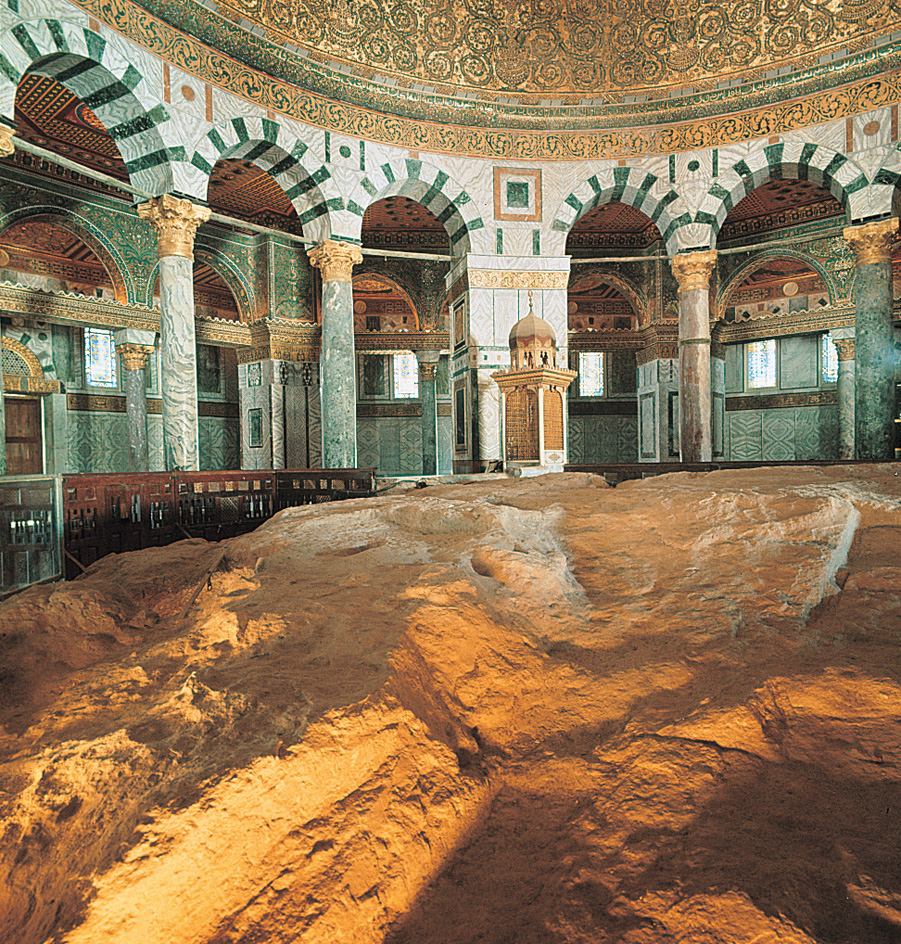Umayyad caliphate << oo MY ad KAY luh fayt or KAL uh fayt >> was an Islamic empire that lasted from A.D. 661 to 750. The empire extended from Spain in the west, across northern Africa, and into central Asia in the east. The Umayyads descended from Umayyah ibn Abd Shams, a member of the Prophet Muhammad’s Quraysh tribe. Muhammad’s life and teachings form the basis of the Islamic religion.
Many of the tribes that would become powerful during the Umayyad empire originally opposed Muhammad’s religious community. But by 630, when Muhammad gained control of the city of Mecca in what is now Saudi Arabia, they had accepted Islam. Some Umayyads came to hold important positions in the growing Islamic state. In 644, Uthmān ibn Affān, an Umayyad, became the third caliph (ruler) of the Islamic empire. After Uthmān was murdered in 656, Alī ibn Abī Tālib, a cousin and son-in-law of Muhammad, succeeded him as caliph. However, Mu`āwiyah ibn Abī Sufyān, an Umayyad who was Uthmān’s cousin and the governor of Syria, refused to recognize Alī as caliph.
After Alī’s death in 661, Mu`āwiyah became caliph, marking the start of the Umayyad caliphate. Mu`āwiyah made the city of Damascus, Syria, the new capital of the Islamic Empire. Mu`āwiyah and the next two Umayyad caliphs were called Sufyānids, because they traced their descent from Abū Sufyān ibn Harb, Umayyah’s grandson.
During Mu`āwiyah’s rule, the Umayyads faced little opposition. However, after his death in 680, they encountered a number of problems. Some of Muhammad’s early companions began to resist Umayyad rule. The opponents included Husayn ibn Alī, Alī’s son, who led an unsuccessful revolt in 680, and Abd Allah ibn al-Zubayr, who attempted to establish an independent caliphate at Mecca. Other problems included a split within the empire’s military and uprisings from non-Arab Islamic converts, who wanted the same economic advantages as Arabs.
The second Sufyānid caliph, Yazīd I, ruled from 680 to 683. The third, Mu`āwiyah II, ruled in 683 and 684 but died without naming a successor. Arab leaders then chose Marwān ibn al-Hakam, who came from a different branch of the Umayyad family, to be caliph. Marwān and later caliphs who traced their descent through him made up the Marwānid phase of Umayyad rule.
While dealing with many of the same problems the Sufyānids had faced, the Marwānids expanded their administration. They built a more organized army and reclaimed lost territory. Under the caliphs Abd al-Malik ibn Marwān (685-705) and al-Walīd I (705-715), Arabic became the official language of the empire, and the first Islamic coins were minted. A unique style of Islamic architecture also developed. Examples of this style include the Dome of the Rock in Jerusalem and the grand mosque built in Damascus.

The Abbāsid revolution defeated the Umayyad caliphate in 750. Most early historical sources about the Umayyad caliphate date from after the Abbāsids gained control, and many are harshly critical. Some sources even refuse to accept the Umayyads as caliphs, instead referring to their rule as mulk (kingship).
See also Abbāsid caliphate; Caliph; Islamic Empire; Muslims (The Umayyads); Qusayr `Amrah.
